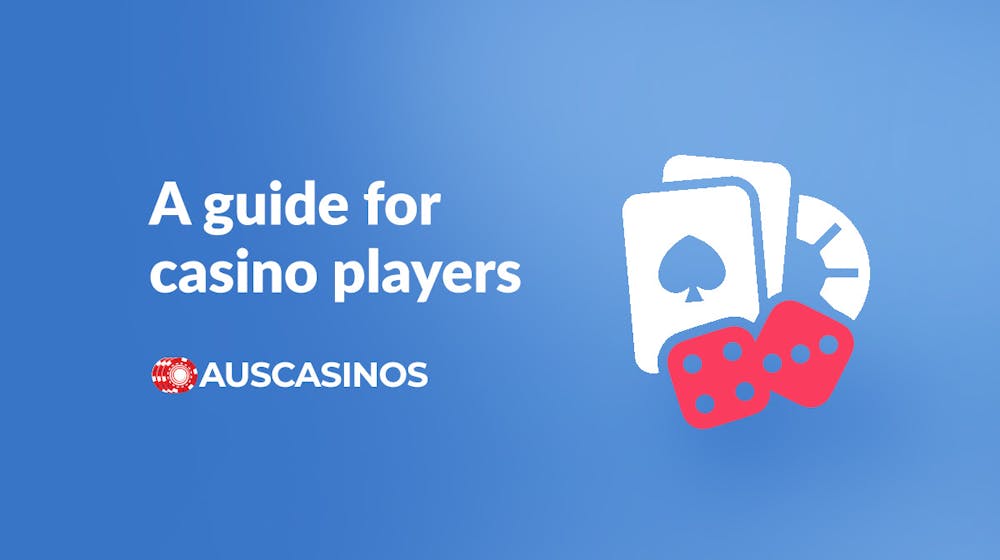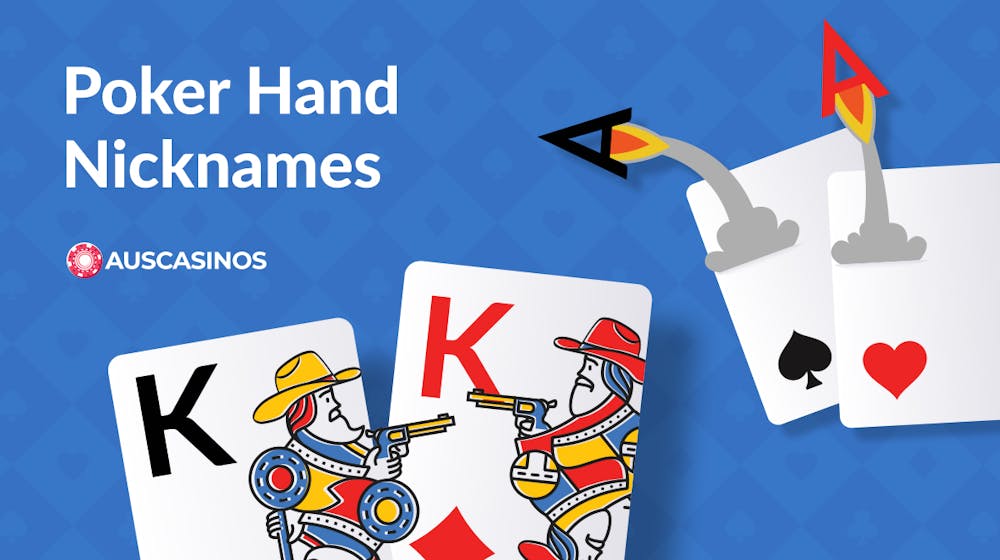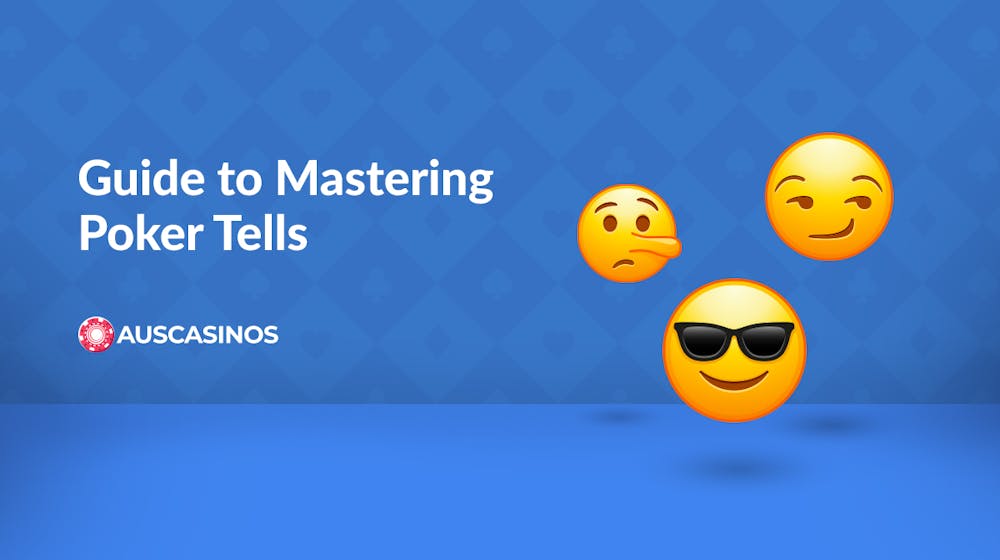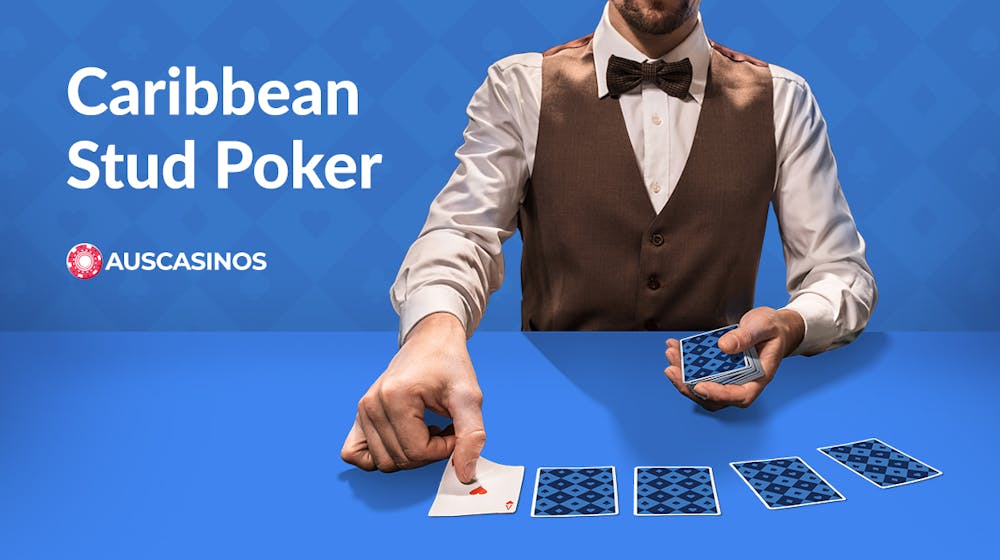Mastering Surrender in Blackjack: When to Fold and Win


To surrender or not to surrender, is often the question.
In the exciting world of blackjack, every decision you make can influence the game’s outcome, from your initial bet to deciding when the dealer hits.
In this guide, we’re going to dive into a particularly intriguing aspect of strategy: surrender in blackjack.
Blackjack is at its core a game of skill and strategy, and knowing when to surrender can be the ace up your sleeve. It’s not a sign of weakness; instead, it’s a strategic move that can help you minimise your losses and maximise your chances of walking away from the table as a winner.
In this guide, we are going to cover the vital points of a blackjack surrender, the what, why, when and how.
Let’s do it!
What is Surrender in Blackjack?
Surrender in blackjack is a strategic maneuver that can be your secret weapon when the cards don’t seem to fall in your favour.
While not as common as it used to be, you can still find it being used at blackjack tables of an online casino, physical casinos and wherever else offering the famous casino game.
It’s essentially a player-friendly rule that allows you to fold your hand, minimising your losses in specific situations.
Surrender rules, when used correctly, can help you realise your potential at the blackjack tables and make you a more dynamic player. In the past, we’ve seen many successes from players who’ve used the surrender in blackjack and then won big after.
We like to think about it as biding your time for the right opportunity.
Types of Surrender: Early and Late Surrender
There are two primary types of surrender in blackjack: Early Surrender and Late Surrender.
Early Surrender
The early surrender option is the rarer of the two and the more favourable for players.
With early surrender, you have the option to forfeit your hand and lose half of your original bet before the dealer checks their hole card.
This means that even if the dealer has a natural blackjack (an Ace and a 10-value card), you can still opt to surrender and retain half of your wager.
Late Surrender
Late surrender, also known as standard surrender, is more common.
Late surrender rules in this scenario mean that you can choose to surrender only after the dealer checks for a blackjack. If the dealer has a natural blackjack, you won’t have the option to surrender, and you’ll lose your entire bet.
However, if the dealer does not have a blackjack, you can surrender and recoup half your bet. Therefore, analyse every situation to decide if late surrender blackjack actions are the best match for you.
Important Note: While surrender is a valuable tool when learning how to play blackjack, it’s crucial to remember that not all blackjack games offer this option.
The games that generally offer surrender in blackjack are those with four or more decks (usually four to eight decks), so keep an eye out for the multi-deck blackjack games if you want to make use of blackjack surrender.
Some online casinos and variations of the game exclude surrender as a rule.
Why Should You Surrender?
Blackjack surrender isn’t a retreat; it’s a calculated maneuver that can significantly impact your overall game strategy.
Let’s delve into why surrendering can be a smart move:
Minimising Losses
At its core, the primary purpose of the blackjack surrender rule is to minimise your losses when you find yourself in a tight spot. In certain situations, your hand may seem completely bungled, and it’s wiser to cut your losses and try your luck in the next round.
Imagine you’re dealt a hard 16 (a hand that’s notoriously difficult to win with) against the dealer’s powerful face card (9, 10, or an Ace). In this scenario, surrendering allows you to give up half of your initial bet instead of risking losing the whole amount.
The early surrender rule is a strategic retreat that helps protect your bankroll and keeps you in the game for longer.
Strategic Move, Not Weakness
I know we’ve mentioned it before, but it’s essential to dispel the misconception that surrendering is a sign of weakness or lack of confidence.
In reality, it’s a move used by seasoned blackjack players who understand that keeping their losses down to a minimum is just as crucial as chasing wins, and a core component of basic strategy.
Surrendering demonstrates your grasp of the game’s nuances and your willingness to change things up and adapt your game utilising blackjack surrender rules.
Improving Overall Blackjack Strategy
Statistics don’t lie, and they reveal the compelling impact of surrender on your blackjack strategy.
When used correctly, surrender can tilt the odds in your favour. For instance, surrendering a hard 16 against a dealer’s 10-value card can reduce the house edge significantly compared to hitting or standing.
It’s like having an ace up your sleeve that can help you weather the ups and downs of the blackjack table, and the more aces you have up your sleeve, the better your understanding of the rules and moves you can play at the casino table.
When to Surrender: The Rules
Now that we’ve established why a surrender is a valuable tool in your blackjack arsenal, let’s dive into the specific scenarios when it’s not just a good option but often the best one.
After all, rules are the foundation of the game and your strategy.
These are the rules of surrender that can make a significant difference in your game:
A Hard 16 against a Dealer’s 9, 10, or Ace:
The Hard 16 has earned its reputation as one of the most challenging hands to play in blackjack.
It’s quite common as a punter to feel a bit of stress as you see the dealer’s upcard: a 9, 10, or an Ace. In this situation, surrendering is not just a good choice; it’s a strategic necessity.
Why? Well, the odds are stacked against you.
Your chances of improving your hand and beating the dealer’s ace (for example) are slim to none. Not the best winning odds you’ll find in your blackjack career.
By surrendering, you’re cutting your losses in half, and statistics show that this move is statistically advantageous in the long run.
A Hard 15 against a Dealer’s 10
Another crucial scenario to keep in mind is when you hold a hard 15 against a dealer’s ten-value card (10, Jack, Queen, King). Here, surrender is again your best friend.
Why does surrender make sense?
Once again, the dealer’s strong upcard puts you at a hell of a disadvantage.
Your hard 15 is very prone to busting if you hit it, and standing might lead to a loss when the dealer’s hole card is revealed. Surrendering keeps those losses down, and the statistics support this choice as a smart strategy.
Basic Strategy Chart for Surrender Decisions
To make surrender decisions easier to remember and apply, punters often rely on a basic strategy chart. This chart provides a visual guide for when to surrender based on your hand and the dealer’s upcard.
It’s a handy reference that simplifies complex decisions.
Here’s a simplified example of a surrender basic strategy chart for the scenarios we’ve discussed:
- Hard 16 vs. Dealer 9, 10, or Ace: Surrender
- Hard 15 vs. Dealer 10: Surrender
Remember that these are just two examples, and a complete basic strategy chart includes many more scenarios and combinations.
The key takeaway is that surrender should be considered when you find yourself in these disadvantageous situations.
When NOT to Surrender
While surrender is a valuable blackjack strategy, it’s not a one-size-fits-all solution.
Don’t be one of those fearful players who surrender without considering the cards at play.
Peep down below, we’ll pinpoint scenarios where surrendering is not recommended and highlight the importance of using this option judiciously:
When You Have a Strong Hand:
- Surrendering with a strong hand, like a pair of 8s (a total of 16), is a mistake. Splitting the pair or standing is generally a better choice.
- Similarly, if you have a soft hand (Ace-6 or Ace-7), surrendering is rarely beneficial. These hands offer flexibility, and it’s often wiser to hit or double down.
When the Dealer Has a Weak Upcard
- Avoid surrendering when the dealer’s upcard is 2 through 7.
- In these cases, the dealer is not in a strong position, and you have a better chance of improving your hand or having the dealer bust.
When Surrender Isn’t Offered
- If the blackjack game you’re playing doesn’t offer the surrender option, then it’s not even a consideration.
- In such cases, focus on alternative strategies, such as hitting, standing, doubling down, or splitting, to heighten those chances of glory.
As a Default Option
- Never use surrender as a default choice.
- It should be employed strategically in specific situations where the odds are heavily against you. Overusing surrender can lead to needless losses and missed opportunities for potential wins.
How Surrender Works in Online Blackjack Games
Now, we’ve arrived at the final section in our guide on how to use surrender in blackjack, the how.
Here, we are going to focus on online blackjack, as the principles are virtually the same as they would be in good old land-based casinos.
In online blackjack, surrender is usually available as an option when it’s strategically appropriate. However, as mentioned before, some casino operators or tables may not have blackjack surrender as an option in their house rules.
The process is straightforward and you’ll get it in no time.
- Click or Tap the Surrender Option: During your turn, you’ll typically see an on-screen prompt or button labelled “Surrender” when surrendering is a viable choice.
- Confirm Your Decision: After clicking the “Surrender” button, the game will prompt you to confirm your choice. This is to prevent accidental selections.
- Receive Half Your Bet Back: If you confirm your surrender, you’ll receive half of your initial bet back, and your hand will be discarded. The dealer will proceed with the next player’s turn.
Interface and Options for Surrendering:
Online blackjack games often feature user-friendly interfaces that make surrendering easy to execute. Look for these elements when playing online:
- Buttons or Icons: Surrender is typically represented by a button or icon on the screen, making it easily accessible when the option is available.
- Game Information: Online casinos usually provide information about surrender in the game’s rules or help section. Get yourself accustomed to these details to understand when you can surrender.
- Strategy Guidance: Some online blackjack games may provide strategy advice, including when to surrender. These suggestions can be helpful for less experienced players.
Conclusion
At the end of the day whether you’re playing online blackjack or just casually at home, the surrender in blackjack remains an important asset to use when the time comes.
In our experience, using blackjack surrender in moderation, and at the correct time, can seriously enhance the basic blackjack strategy.
Remember the basic rules, analyse the dealer, and remember to make decisions based on reason.
Good luck out there, and stay tuned for the next chapter!

Emily is our seasoned content writer. She writes easy to read and helpful game guides, so you can quickly understand the rules of each game and get some useful tips that can help boost your chances of winning.
Read more about the author





